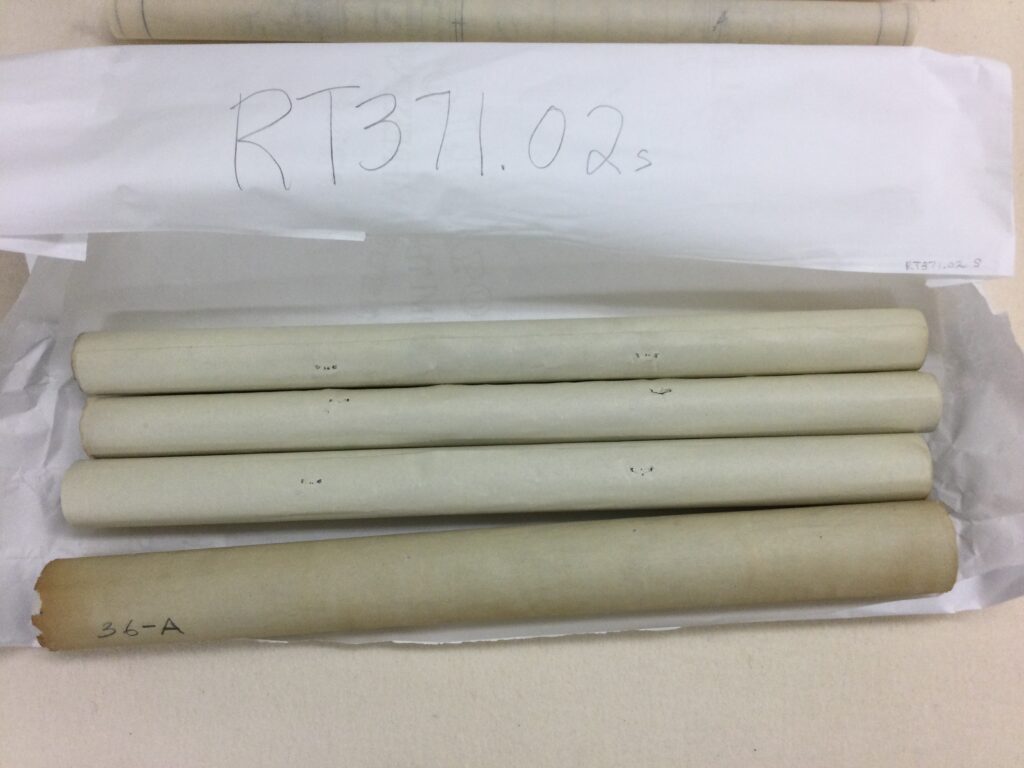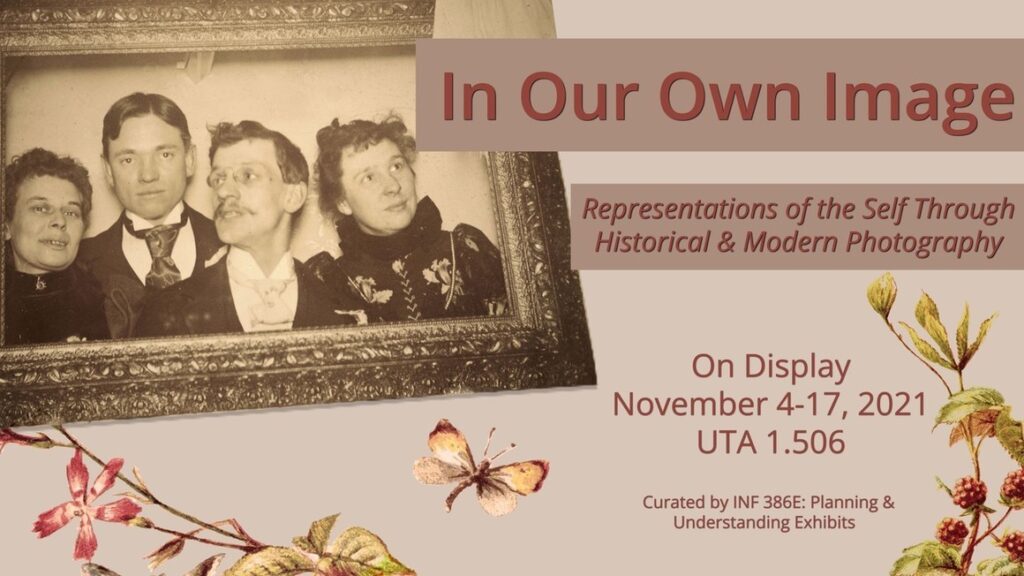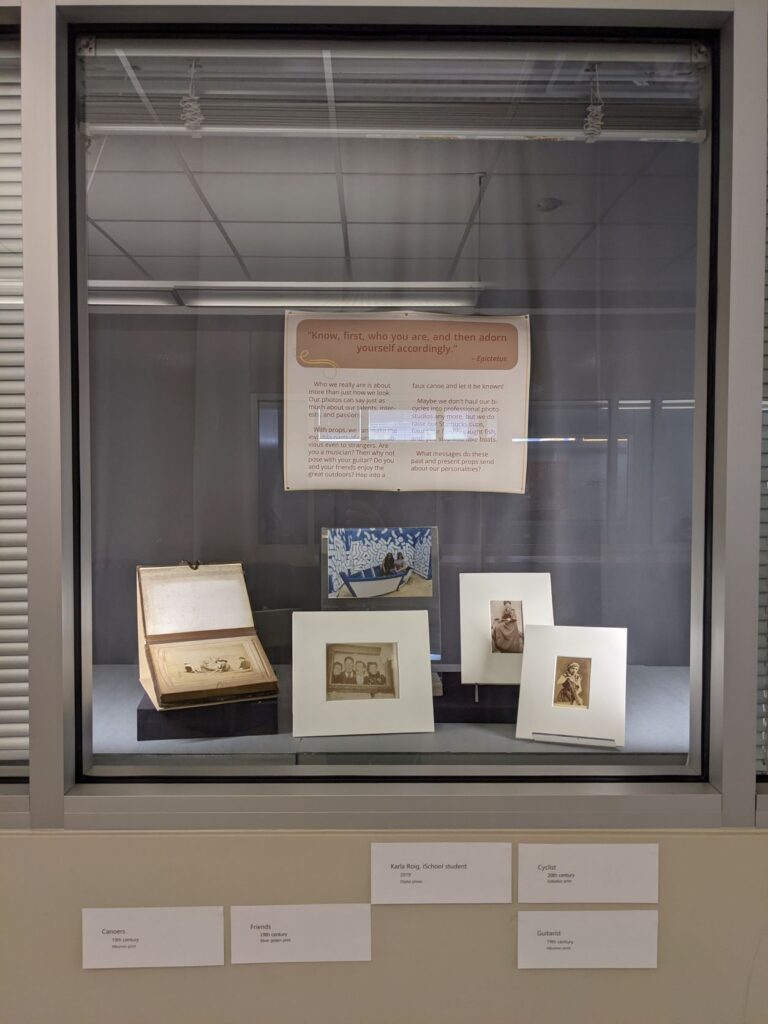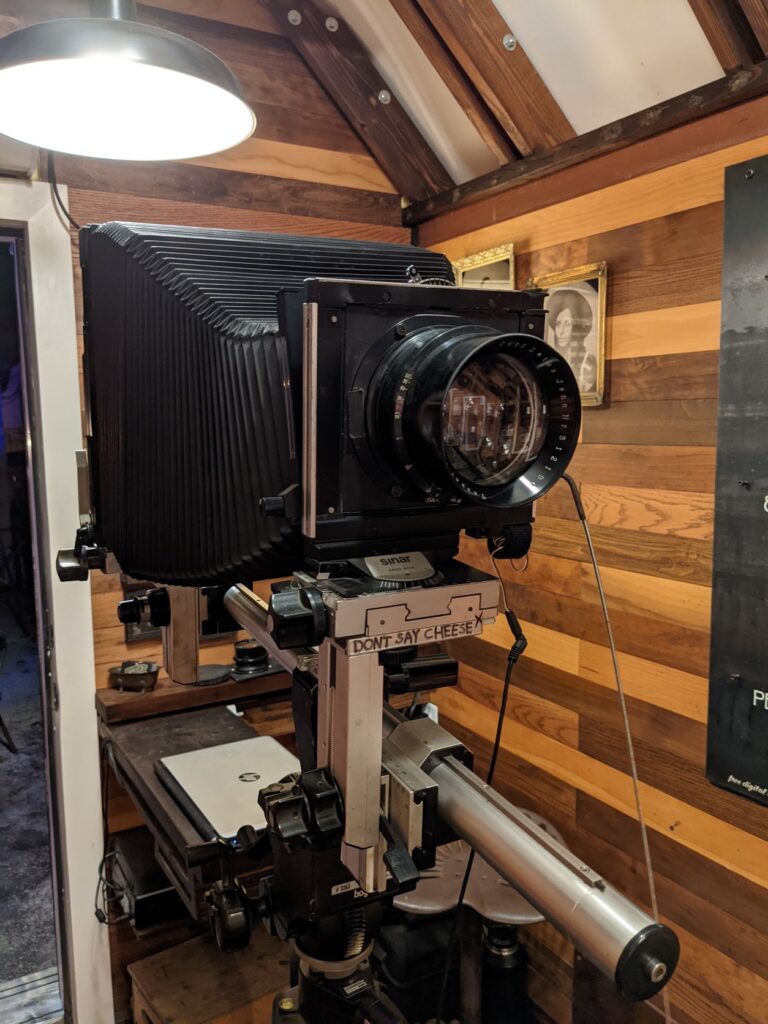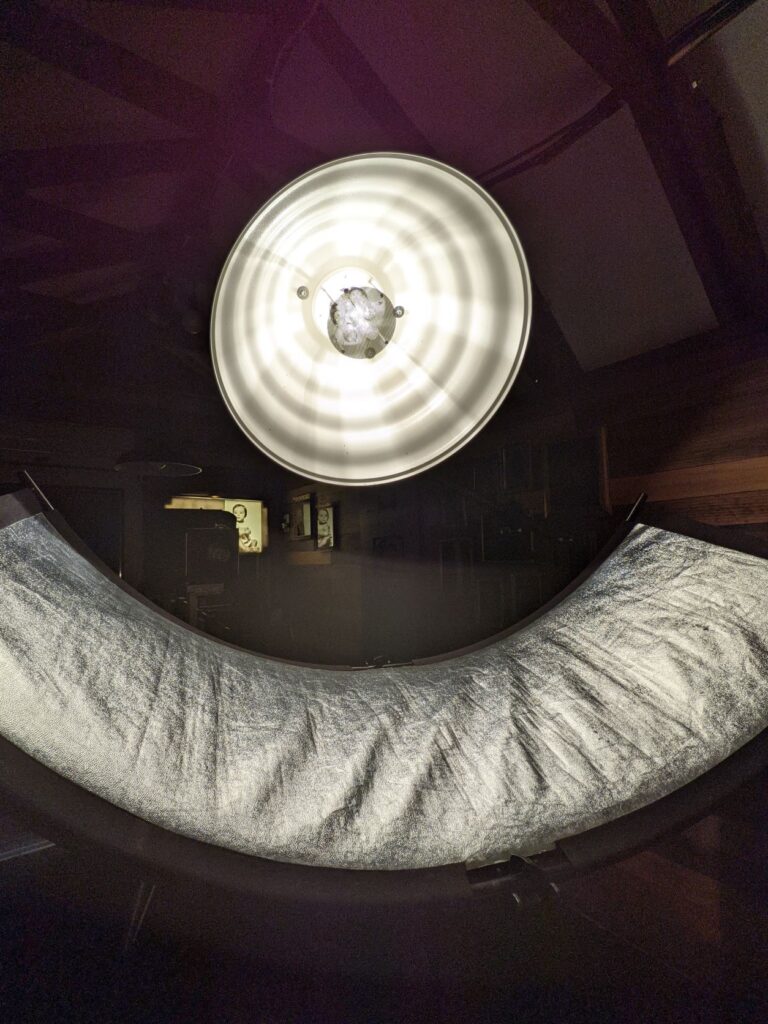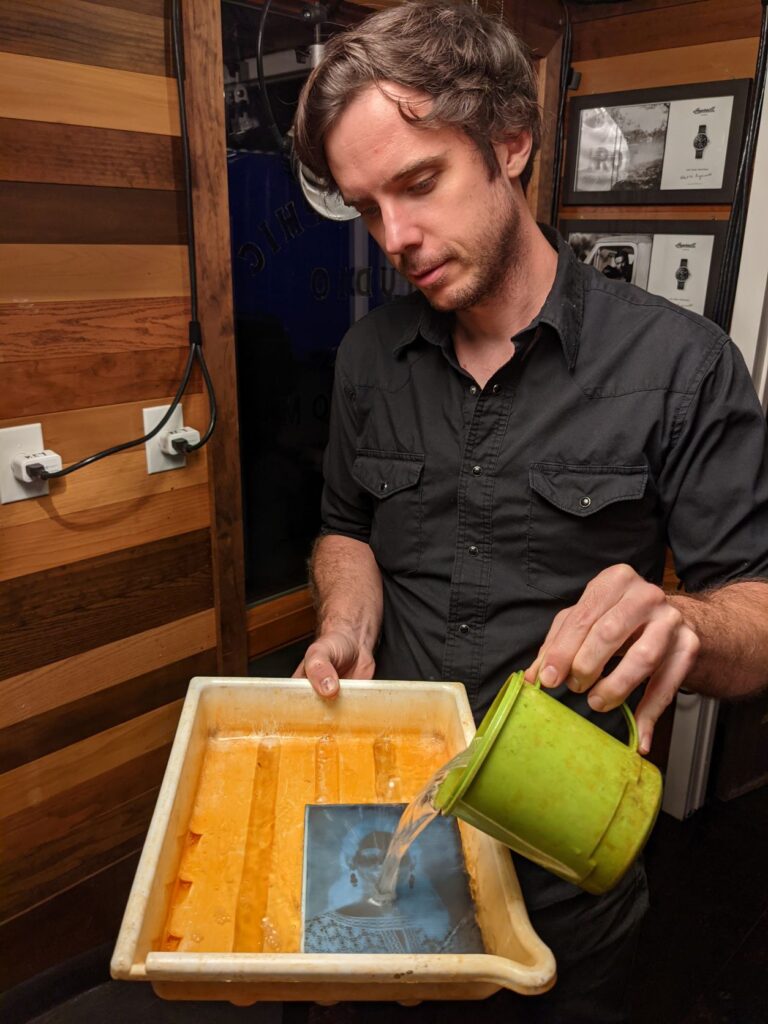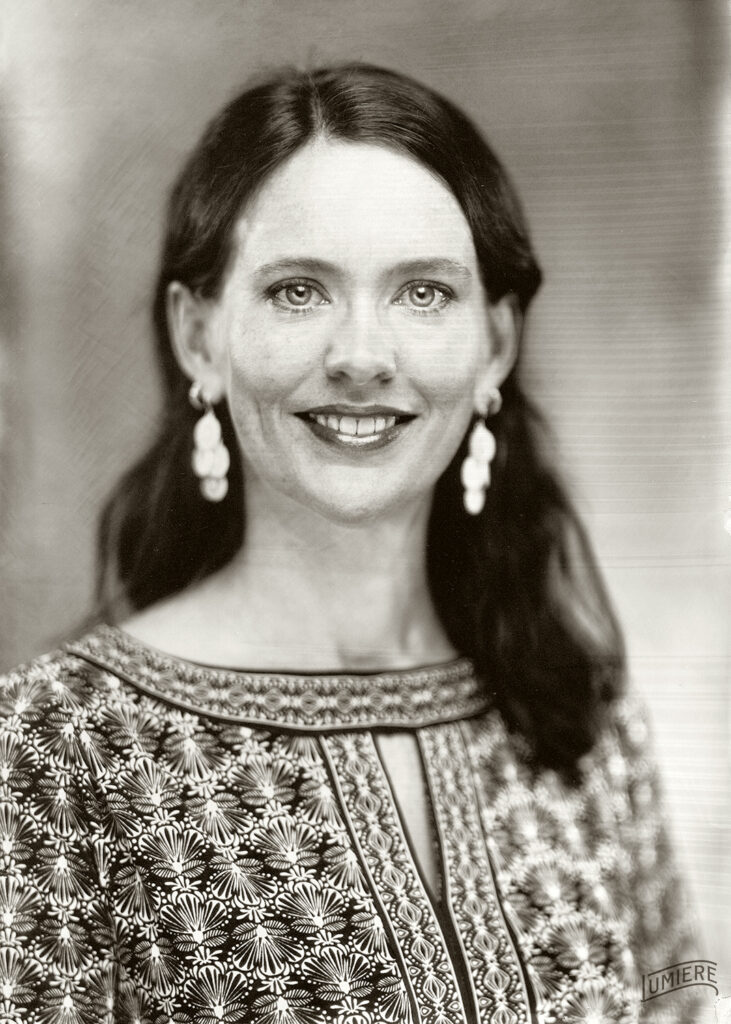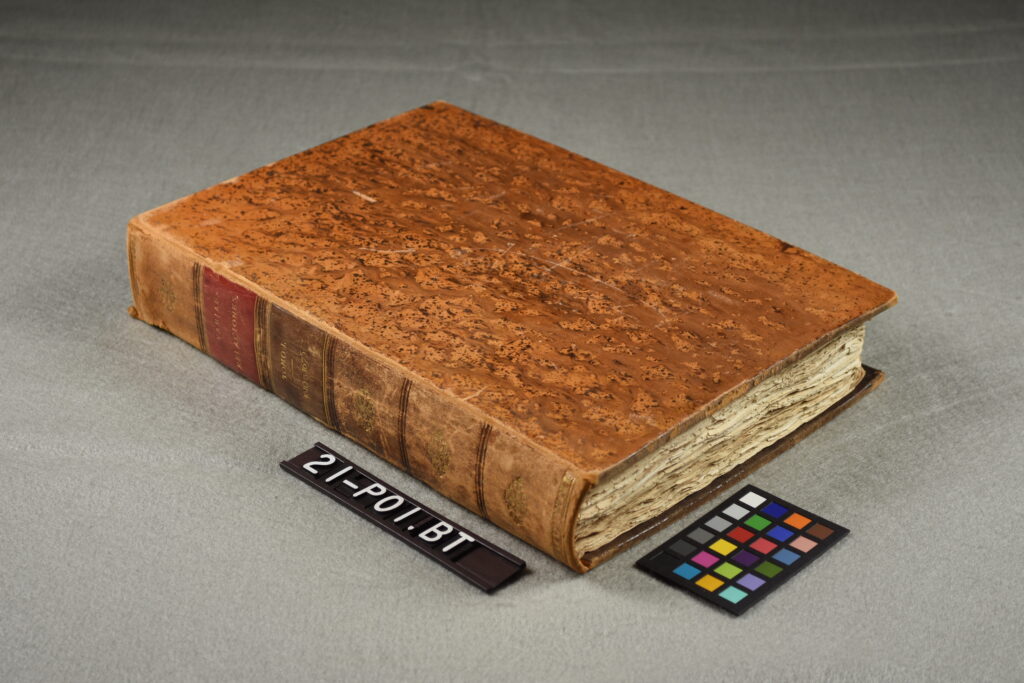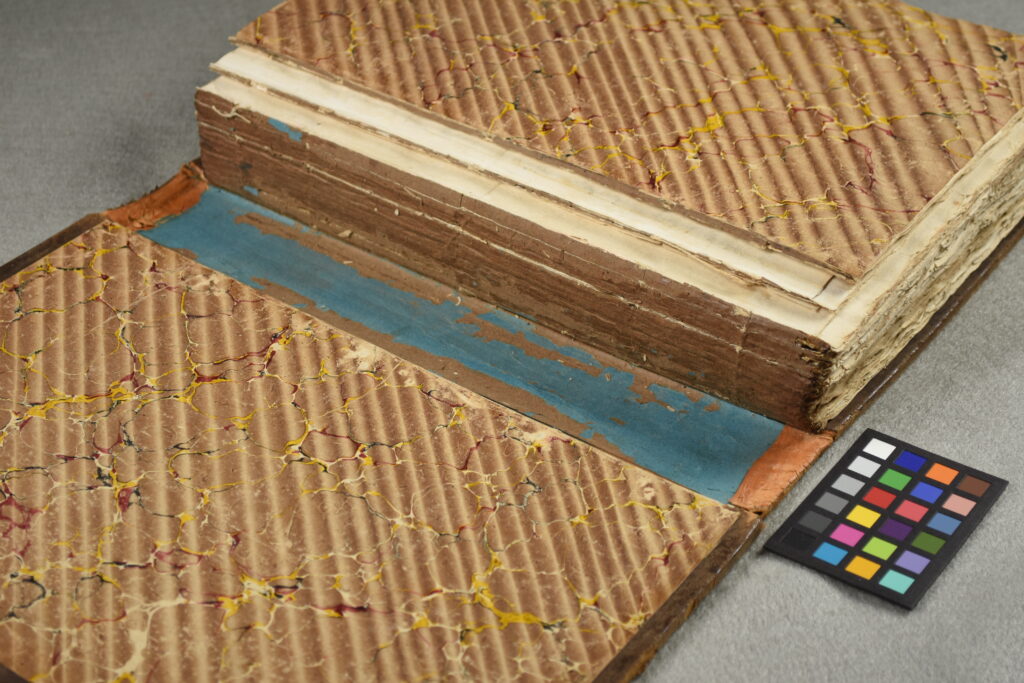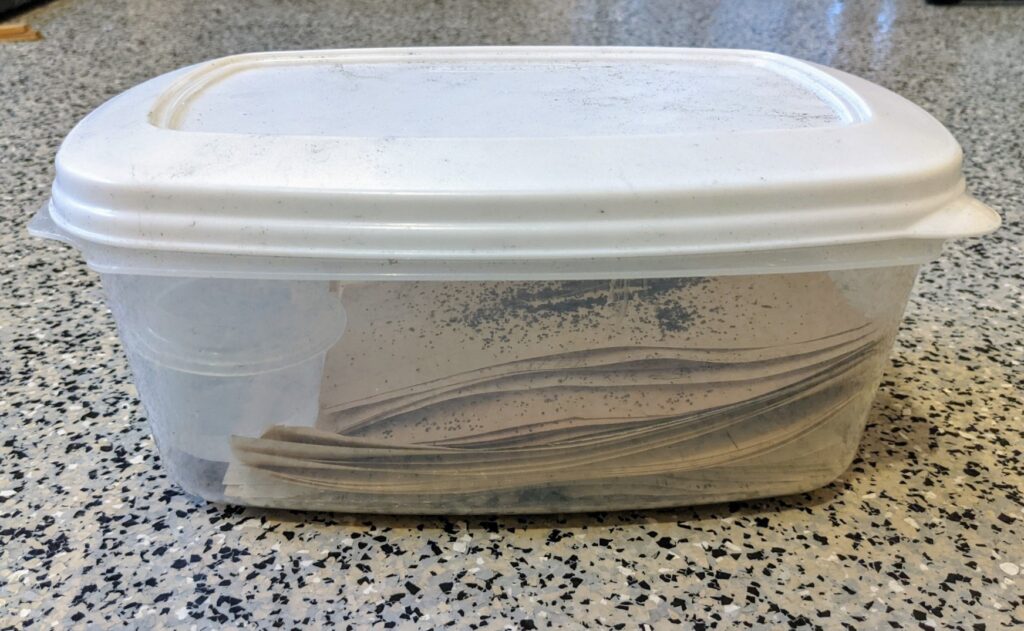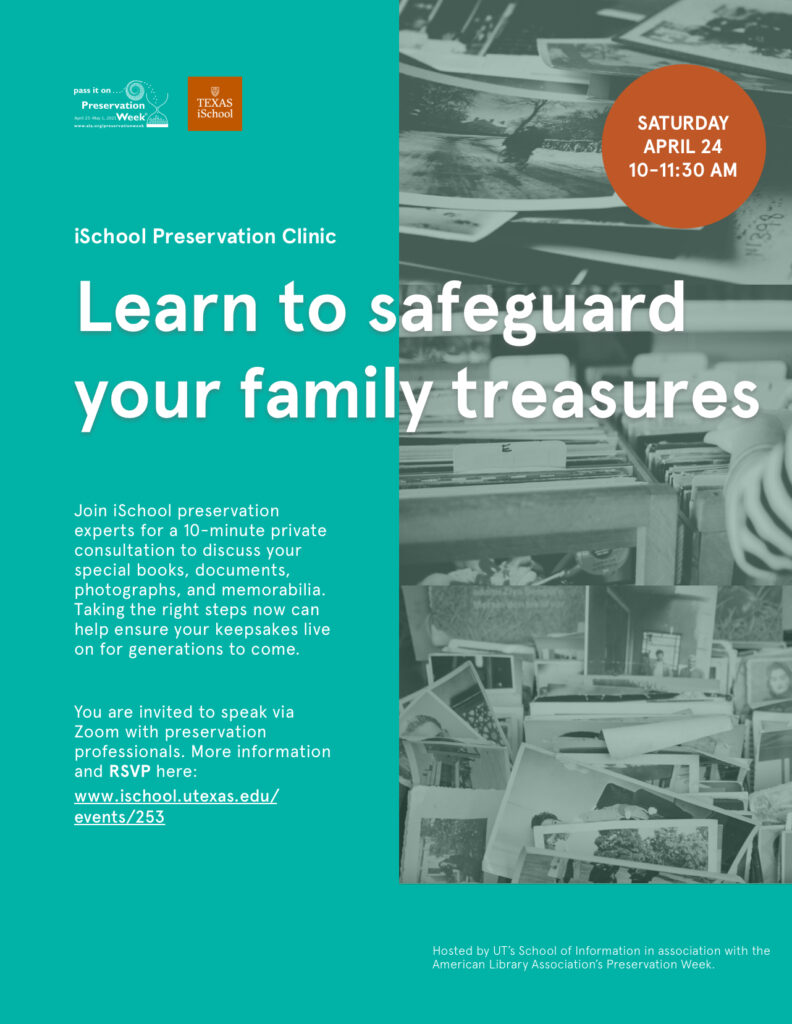This semester, students in my class INF 393C, Introduction to Paper Conservation, are excited to conduct conservation treatment on a group of architectural drawings from the Alexander Architectural Archives here at UT. The drawings come from the Roy Thomas collection. Thomas was an architect who practiced in Austin and Central Texas from the 1920s through the 1950s. He designed many building types, including homes, schools, churches, commercial buildings, apartments, and service stations. Among other notable projects, Thomas was a lead architect on the Stephen F. Austin Hotel at 701 Congress Ave., the first high-rise hotel in Austin.
Students in my class will conduct surface cleaning, humidification and flattening, and mending on rolled blueprints and drawings on tracing paper. They’ll also have plenty of opportunity to practice and refine their skills on lab teaching materials. By the end of the course, they’ll have one portfolio-ready conservation treatment, complete with written and photographic documentation.
We’re so pleased to be able to work with the Alexander Architectural Archives as our library and archives students develop their treatment skills!
